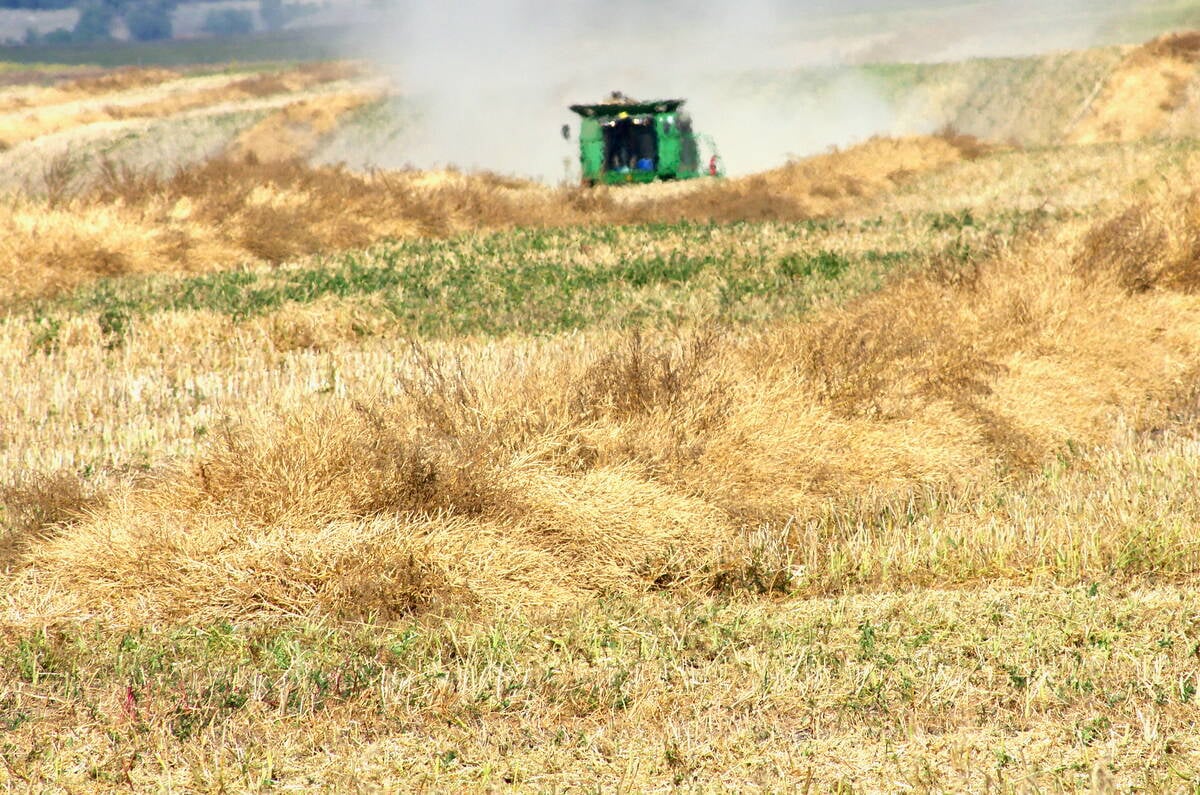West Quebec beef farmer Gib Drury, a member of a co-op building a beef processing plant, has a simple message for farmers feeling powerless.
“Farmers have the food, farmers have the power and you have to learn how to tweak the political system,” the president of the Quebec Farmers’ Association told the National Farmers Union annual convention Nov. 19.
Then he gave them the formula: pressure governments for farmer-empowering legislation, build a strong farmer organization and be prepared to challenge the system.
Drury drew applause, guffaws and standing ovations as he told NFU delegates at their Ottawa convention how Quebec farmers, led by the Union des Producteurs Agricoles, with the QFA as a member, confronted the province’s only cull-cow processing plant and then bought it out.
Read Also

Manitoba searches for Plan B on canola oil exports
A new report explores Manitoba’s current canola oil trade and possible alternative markets to the U.S.
Along the way, they set a floor price for cull cows higher than anywhere else in Canada and coerced provincial politicians into supporting them.
“You need one message and many voices giving it,” he said.
Quebec farmers, like cattle producers across Canada, faced an equity drain, a price collapse and an economic crisis after BSE was discovered on an Alberta farm in 2003 and world markets closed.
Compounding the problem was the fact that the province had just one processor, the Colbex-Levinoff plant in Montreal.
The province’s 15,000 beef producers, many of them dairy farmers with high cull rates, suddenly found the price of cull cows had dropped to 15 cents per pound. They calculated that the plant was making a $300 profit on each cow they sold, $120,000 each day.
“We decided we wanted to get some of that money back,” said Drury.
Farmers were polled and most agreed to contribute $20 per head marketed for three years to build a $6 million fund to either buy or build a slaughter plant.
The owners of Levinoff, with a virtual monopoly and high profits, were not interested in selling.
A media-savvy campaign that included demonstrations in Quebec City and the unleashing of cows to eat grass in a Montreal park raised the profile of the issue.
Politicians in Quebec City told farmers that provincial legislation allowed them to set a floor price. They did, at 42 cents per lb.
Levinoff refused to pay, farmers refused to sell and surrounded the plant with hay bales to keep cattle from elsewhere, including Alberta, from being delivered.
“The police were powerless,” the QFA president said. “Only farmers have the equipment to move 1,000-pound bales. The police couldn’t and we wouldn’t.”
Soon, the plant owners agreed to sell and farmers now own 80 percent of the plant. They have signed a management agreement with the former owners to continue managing the plant and marketing the product.
A delegate from the Prairies said the mainstream cattle organizations and provincial governments are hostile to farmer-controlled projects.
Drury told him it simply meant that prairie farmers have work to do.














